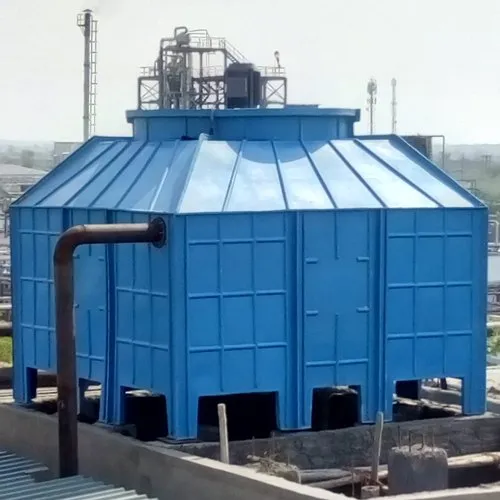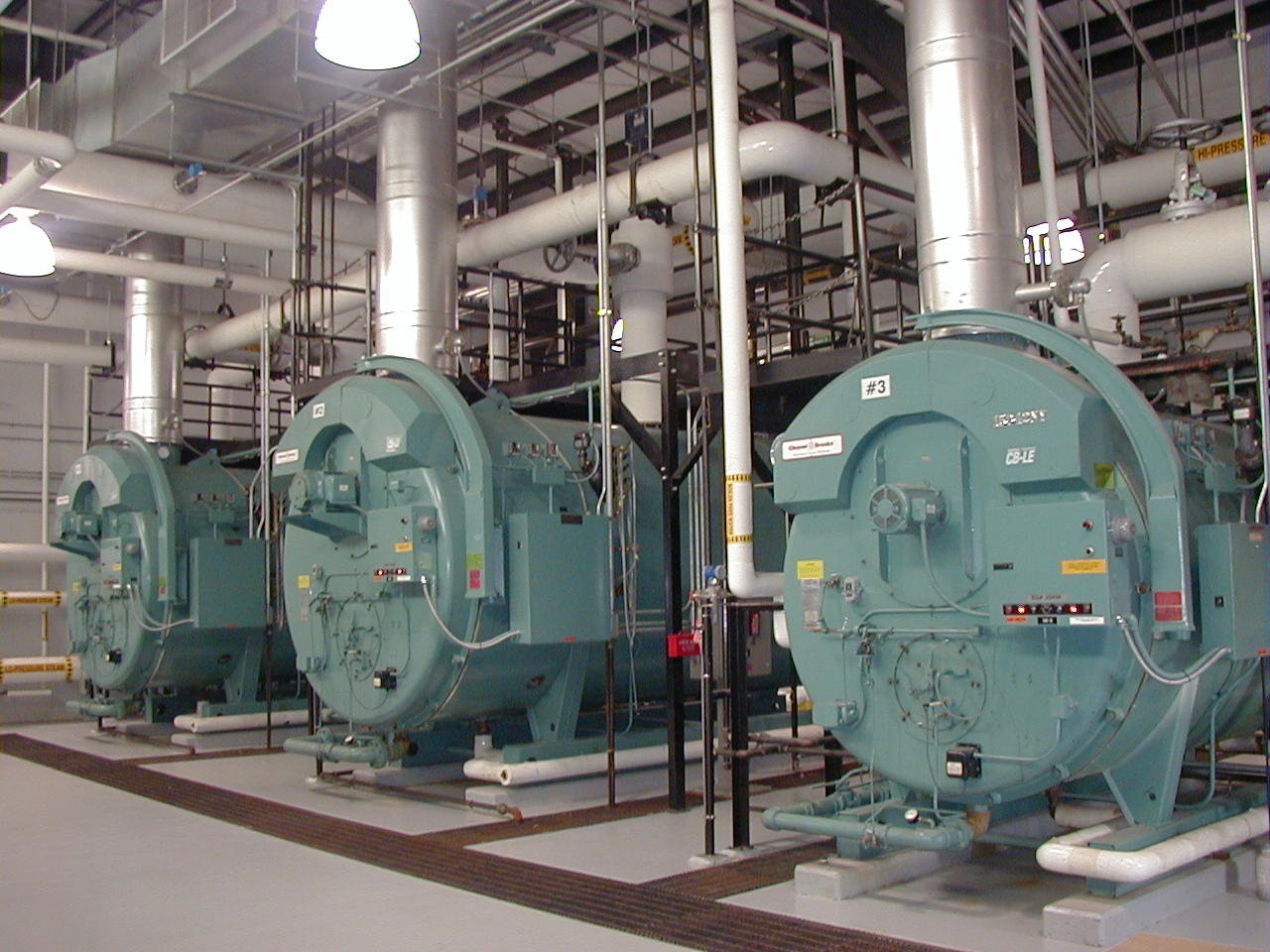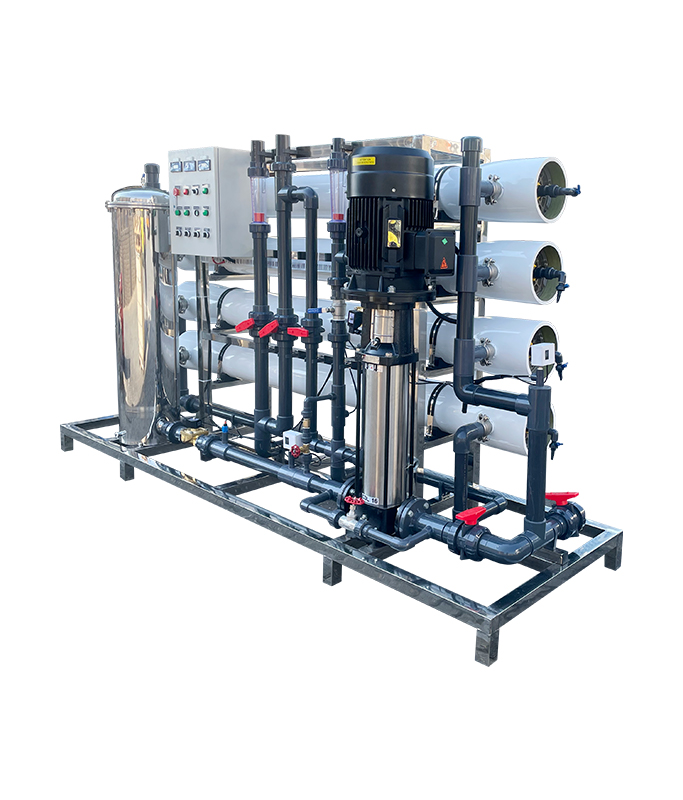Water treatment machinery
Cooling Water Treatment Chemicals
Water is used widely as a cooling medium in processes for many industries and public buildings. The use of an evaporative cooling tower is still the most effective method of heat transfer. Heat is transferred from hot process fluids into the cooling water through a heat exchange surface; consequently, the cooling water heats up. The evaporation of a small percentage of this cooling water in a cooling tower, then reduces the temperature of the cooling water, allowing it to be used for cooling again. Make-up water is used to replace the evaporated water.Evaporative condensers are often used to cool closed systems whereby pipework containing hot process fluids is sprayed with water to remove heat from the system. The primary objectives in the design, operation and effective treatment of cooling water systems include efficiency in heat transfer, minimisation of energy and water usage, and safe, reliable operation.

Water Softening Plants
Water softening is the removal of calcium, magnesium, and certain other metal cations in hard water. The resulting soft water requires less soap for the same cleaning effort as soap is not wasted mopping up calcium ions. Soft water also extends the lifetime of plumbing by reducing or eliminating scale build-up in pipes and fittings. Water softening is usually achieved using lime softening or ion-exchange resins.

Boiler Water Treatment Chemicals
The primary objectives in boiler design, operation and effective treatment include: efficiency in heat transfer, minimisation of energy usage, production of pure steam and safe, reliable operation.The problems encountered in steam-raising plant can be severe if scale formation and corrosion are allowed to occur. Problems can range from loss of efficiency and reduction of plant life to, at worst, catastrophic failure. It is also necessary to prevent boiler water carryover, where boiler water (including its dissolved solids) is carried into the steam, sludge deposition and foaming.oth external and internal treatment of the boiler water is used for optimal operation.
An effective internal boiler treatment programme involves the addition of chemicals to the feed water, boiler water and steam in order to confer desirable attributes, or to react with traces of undesirable constituents which can remain after external treatment. Typically, oxygen scavengers, dispersants and alkalinity builders are standard. Other products including condensate line corrosion inhibitors and antifoams may also be used.

Mineral Water Treatment Plant
Raw water may contain living micro-organisms and organics which are objecting a Membrane as it may cause fouling to deteriorate the performance. Even water may contain ferrous which can be oxidized to ferric oxide which is settling down in storage tank. We have offered a Hypo chlorite dosing system for this purpose. About 3-4 ppm of sodium hypo chlorite solution is dosed in raw water storage tank. This reacts with water to form a hypo chlorite acids which acts as disinfecting agent.
For this purpose one no. of HDPE hypo chlorite solution preparation tank along with one nos. of dosing pumps are provided. Required suction / discharge pipe work in pvc construction is provided with isolation valves. Dosage rate is adjusted as per the actual requirement, which may very on case to case basis

Industrial Reverse Osmosis Plant
Reverse osmosis is the process of forcing a solvent from a region of high solute concentration through a membrane to a region of low solute concentration by applying a pressure in excess of the osmotic pressure. This is the reverse of the normal osmosis process, which is the natural movement of solvent from an area of low solute concentration, through a membrane, to an area of high solute concentration when no external pressure is applied. The membrane here is semipermeable, meaning it allows the passage of solvent but not of solute.
To illustrate, imagine a semi permeable membrane with fresh water on one side and a concentrated aqueous solution on the other side. If normal osmosis takes place, the fresh water will cross the membrane to dilute the concentrated solution. In reverse osmosis, pressure is exerted on the side with the concentrated solution to force the water molecules across the membrane to the fresh water side.
